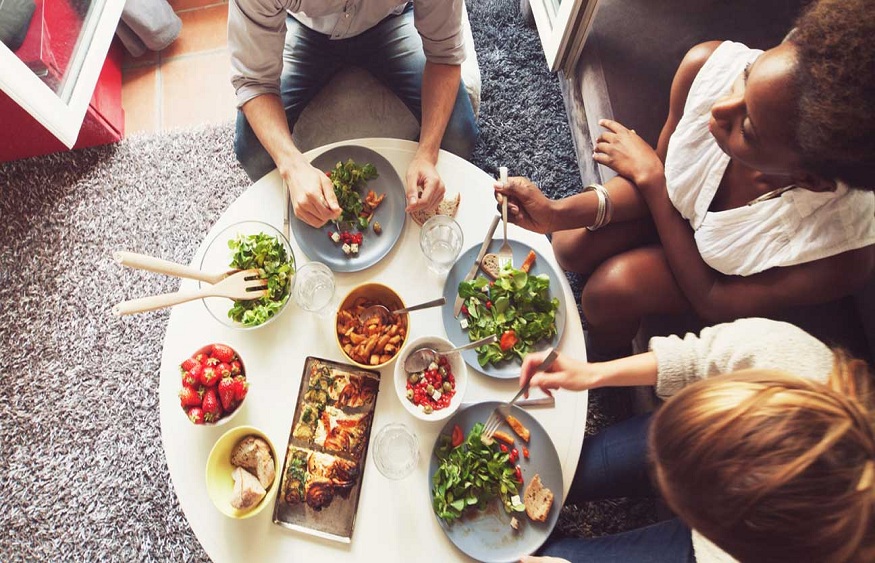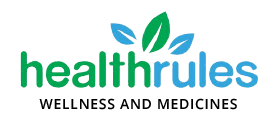
What to eat when you’re on a diet?
Weight isn’t the only thing to think about when it comes to a person’s overall health. In fact, there are many other things that are just as important, if not more so.
There are some meals that are low in calories but have a lot of nutrients. These can help you keep your weight under control and lose weight in a healthy way.
Foods that have been heavily processed, have a lot of extra calories, and are high in saturated fat can make it hard to lose weight steadily.
But foods with a lot of fiber, protein, and water are good for helping you lose weight because they have a lot of all three of these nutrients.
Foods that are high in fiber tend to have fewer calories, keep you feeling full longer after a meal, and help keep your blood sugar levels in check.
Add to that a diet high in lean protein, which makes you feel fuller for longer and also helps you burn more calories, and you have a recipe for success when it comes to losing weight.
Even though fiber and protein are both important parts of a high-quality diet, there isn’t a single food, drink, or supplement you can take that will magically help you lose weight.
If you eat well and move around a little bit every day, you will lose weight and your body fat percentage will go down on its own.
To improve digestion, it is important to limit processed foods that are high in sodium and other foods that are high in sugar. It is also important to stay hydrated on a regular basis.
Our certified dietitians recommend these nutrient-dense meals to help you eat well and lose weight safely.
Avocados
Avocados are an excellent source of monounsaturated fatty acids, dietary fiber, potassium, and phytochemicals. They are also high in potassium.
According to a study that was published in The Journal of Nutrition in 2021, eating one avocado per day may help reduce the amount of fat that is stored in the abdomen region.
Avocados have a greater calorie content compared to other fruits and vegetables; yet, the combination of satisfying fat and fiber in avocados may aid in weight loss.
For an extra dose of creaminess and taste, sprinkle some on top of your salad, sandwich, omelet, or taco, or even blend it into your smoothie.
Eggs
Eggs are a great source of many nutrients, including high-quality protein, lipids, and important vitamins and minerals like vitamin D and choline.
Because of how high in protein they are and how often we eat them in the morning, these foods are powerful weapons in the fight against obesity.
Eating a high-protein breakfast can help you lose weight because protein makes you feel fuller and controls hunger and appetite hormones. This keeps you from getting hungry until lunchtime, when most people eat.
A study published in 2020 in The International Journal of Environmental Research and Public Health found that people who ate eggs for breakfast felt fuller than those who ate cereal for breakfast. This meant that they ate less at their next meal.
Beans
Fiber is your friend for your weight loss plan because it makes you feel full longer, which helps you control how much you eat. In general, beans have a lot of fiber in them.
In a study published in the Journal of the Academy of Nutrition and Dietetics in 2022, researchers found a link between eating more beans and losing more weight.
Beans and other legumes have been linked to a number of other health benefits, such as lowering LDL cholesterol and lowering the risk of getting heart disease.
Beans have a good amount of protein and only a moderate number of calories. You can use them to make your own veggie burgers, soups, or salads. They taste great.
Oatmeal
If you eat a bowl of oatmeal first thing in the morning, you might also see your weight go down.
In a study with 47 people, researchers compared the effects of eating oatmeal and a ready-to-eat breakfast cereal made with oats on hunger, feeling full, and how much food the people ate afterward.
Participants said that after eating oatmeal, they felt much less hungry and a lot full than after eating cereal.
Also, when the participants had oatmeal for breakfast instead of cereal, they ate fewer calories at lunch than when they had cereal for breakfast.
Even though both breakfasts had the same number of calories, oatmeal had more protein and fiber and much less sugar than cereal.
The authors came to the conclusion that the differences in fiber, especially beta-glucan, a type of soluble fiber, were probably to blame for the results.
Nuts
A weight-loss diet that didn’t include nuts was compared to one that included a daily supplement of 50 grams (g) of almonds. Women who were overweight or obese took part in the study.
At the end of three months, the women who ate almonds lost a lot more weight than the women who didn’t eat nuts.
When women ate almonds, their waist size, body mass index (BMI), total cholesterol, and triglyceride levels all went down, and their blood sugar levels also went down.
Because nuts have both protein and fiber, this may help explain how they affect a person’s weight. They also have well for your heart lipids and other nutrients that are good for your body.
Even though nuts can be part of a healthy diet, it is still important to limit how much you eat of them because they are high in calories.
People who have successfully lost weight often worry that they will gain it back in the future.
Cruciferous vegetables
Not only do cruciferous vegetables like broccoli, cauliflower, cabbage, and Brussels sprouts have fiber, but they also have compounds that may help you lose weight.
In one cup of cooked Brussels sprouts, there are 6 grams of fiber, which is equal to 24% of the daily value for fiber.
Pumpkin
Pumpkin puree is a good choice because it is high in antioxidants and low in calories by nature. It has more potassium than a banana and more fiber than quinoa, making it a great choice.
In one cup, there are only about 80 calories, but there are a lot of vitamins and minerals. The bright orange color of pumpkin comes from beta-carotene, a type of carotenoid. Vitamin A is made from beta-carotene by the body.
Pepitas, which are also called pumpkin seeds, are a great way to add protein to most people’s diet plans because a snack-sized amount has about 7 grams. Pumpkin is good for your health in more ways than just pumpkin puree.
Dietitians who work for our company say that canned pumpkin is a great food to keep on hand.
But they say you should look for 100% pure pumpkin instead of pumpkin pie filling, which is full of extra sugar and artificial flavors. In the fall, you should buy a lot of canned pumpkin so that you can use it all year long.
Pumpkin puree tastes great in many things, like smoothies, soups, salad dressings, oats, yogurt, and even pancake batter. You could even add it to the cheese sauce you use for your favorite macaroni and cheese dish to make it healthier.
When you next want something sweet, try this: Mix pumpkin puree, cinnamon, sliced pears, and plain Greek yogurt that hasn’t been sweetened to make a healthy dessert.


